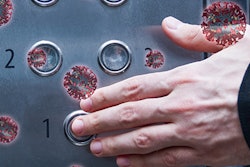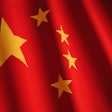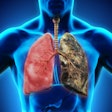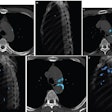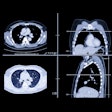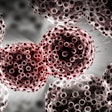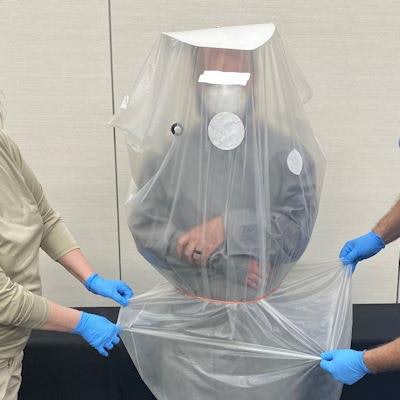
A simple patient isolation bag made of hypoallergenic plastic polymer could block COVID-19 infection in the CT suite -- and also improve workflow in radiology departments, according to a study published May 25 in Academic Radiology.
A team led by Amel Amalou of the National Institutes of Health in Bethesda, MD, described the solution.
"The COVID-19 pandemic has the potential to completely stall radiology department throughput due to excessive delays in between patients for decontamination and airflow exchanges," the group noted. "In the setting of a pandemic from droplet-transmitted novel virus and an immune-naïve population, there is a critical clinical need for cost-effective disposable PPE [personal protective equipment] for the infected patient's isolation while undergoing CT procedures."
Chest CT has been shown to be of clinical value in assessing patients with COVID-19, but its increased use puts pressure on hospital workflows, since the device and the suite must be adequately cleaned between exams, Amalou and colleagues wrote.
"Chest CT can provide valuable information, but it often requires 30 to 90 minutes of CT room decontamination and passive air exchange, which takes a heavy toll on workflow and productivity," the group wrote.
Infection protection devices for imaging range from complex and bulky containment chambers or isolation pods to medical waste bags, the researchers noted. Amalou's team designed something in the middle: an isolation bag for patients suspected for COVID-19 undergoing CT in an effort to reduce equipment contamination. The group reviewed air exchange guidelines and requirements from the U.S. Centers for Disease Control and Prevention (CDC) and developed a protocol for using the device, including safely donning and doffing it.
The bag is made of hypoallergenic plastic polymer, the same material that has long been used for radiology and surgery procedures and protecting ultrasound transducers, CT gantries, image detectors, or surgical equipment, the group noted. It features an air intake nozzle with a nasal cannula for those patients requiring additional oxygen, and seals around the patient's head and chest with an elastic band or a disposable Velcro belt; patients wear an N-95 surgical mask as well. Two staff assist the patient in donning the bag, which is rolled over the head first, then down the waist. The bag is removed from the head by lifting the visor toward the ceiling.
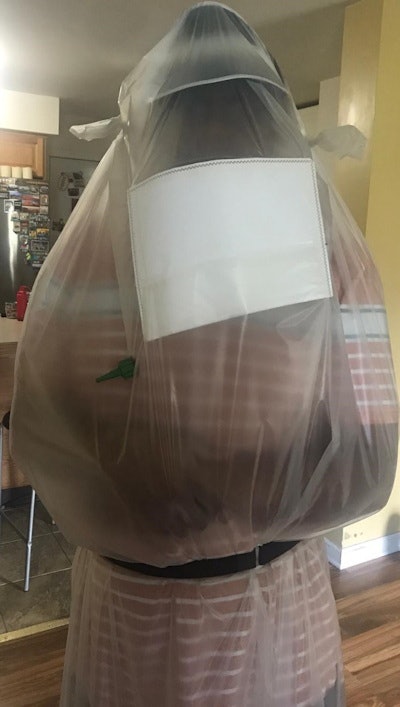 (Above) Disposable isolation device includes an integrated N-95 filter patch; oxygen can be directly connected to the oxygen input nozzle. A hat visor keeps the bag polymer away from face and airway. (Below) An upright patient is assisted by two staff members for careful donning. Images courtesy of Academic Radiology and the National Institutes of Health.
(Above) Disposable isolation device includes an integrated N-95 filter patch; oxygen can be directly connected to the oxygen input nozzle. A hat visor keeps the bag polymer away from face and airway. (Below) An upright patient is assisted by two staff members for careful donning. Images courtesy of Academic Radiology and the National Institutes of Health.The group believes that the prototype bag may present less risk for contaminated air escaping into the CT room or surrounding environment compared with standard medical waste bags, it wrote. And the workflow boost doesn't hurt.
"Assuming a two-hour delay for decontamination and ventilation and a 10-minute fast low-dose scan, a single emergency COVID-19-specific scanner might be able to scan about 10 patients in a 24-hour working day," the researchers concluded. "[If] the isolation bag enables a fast and safe low-dose chest CT every 10 minutes ... This would allow 144 patients to be scanned in the same 24-hour period."





